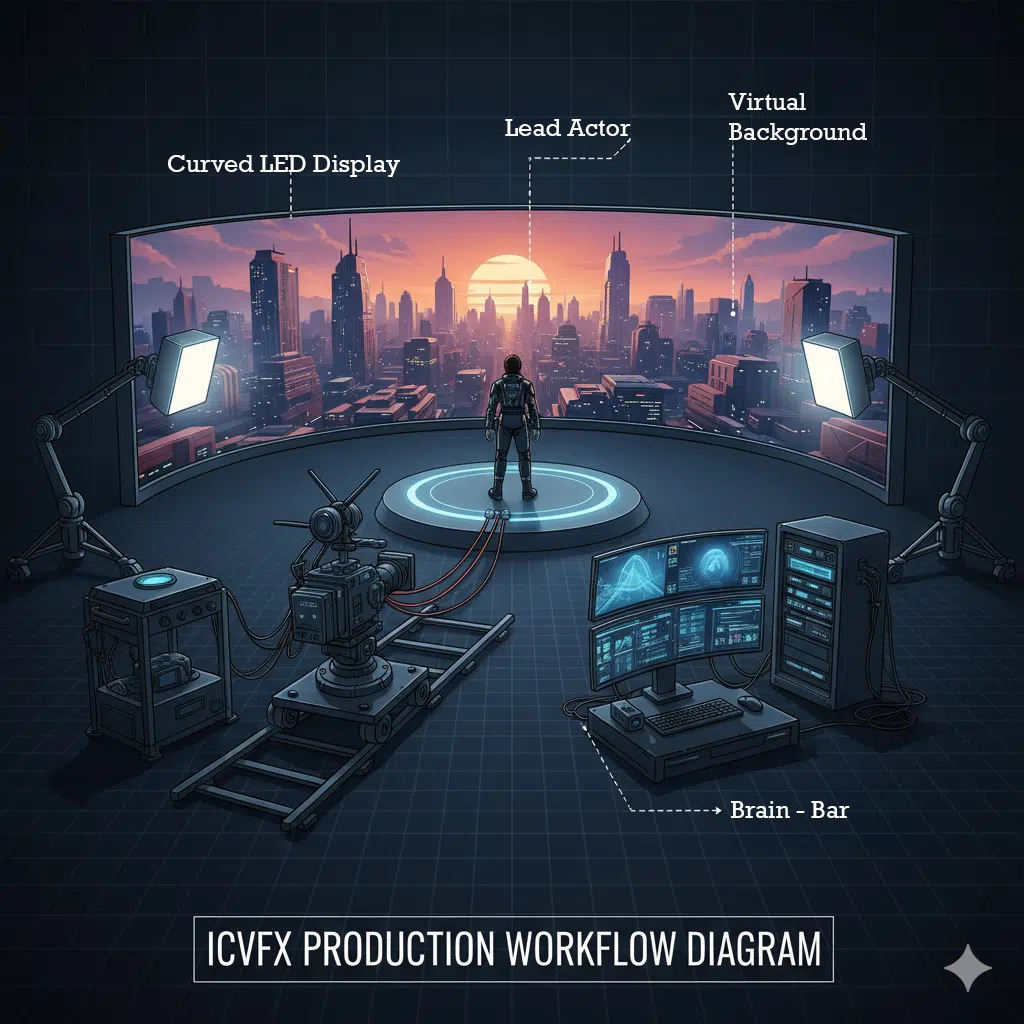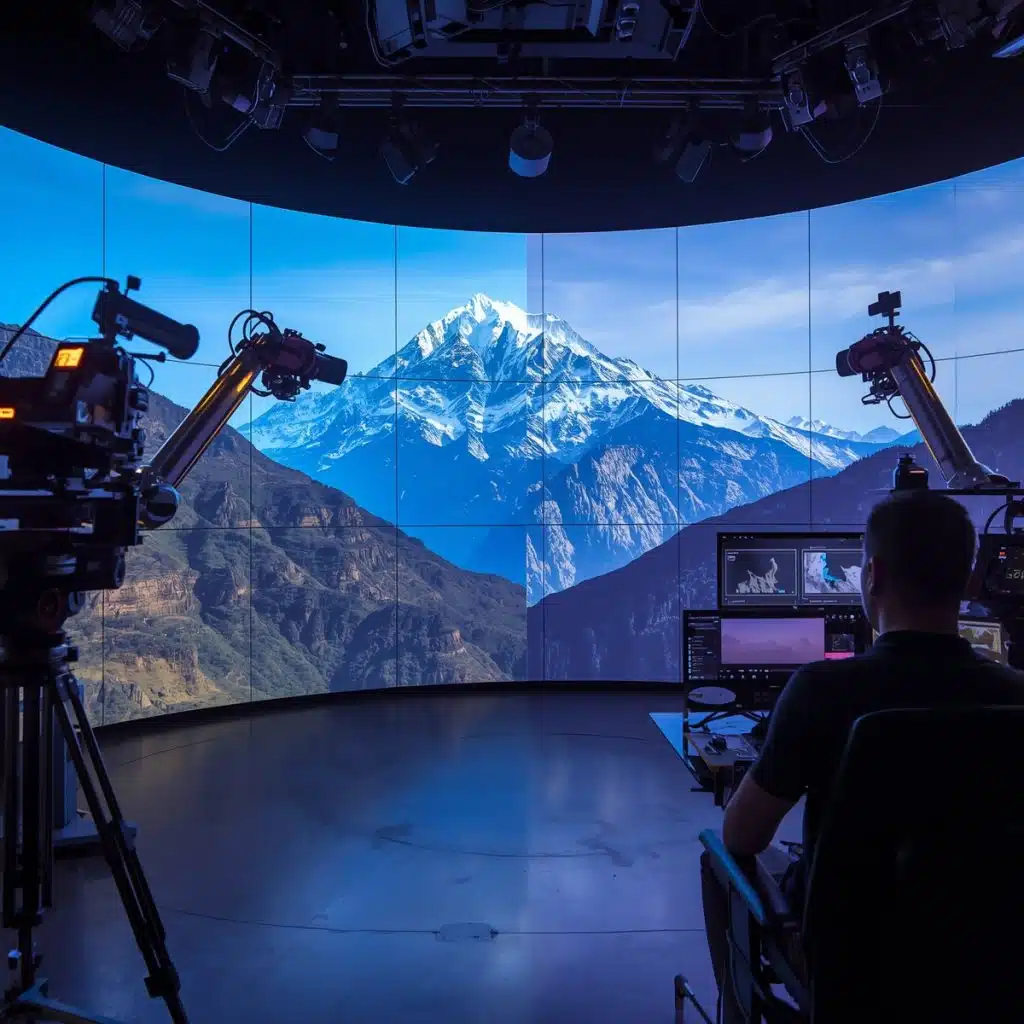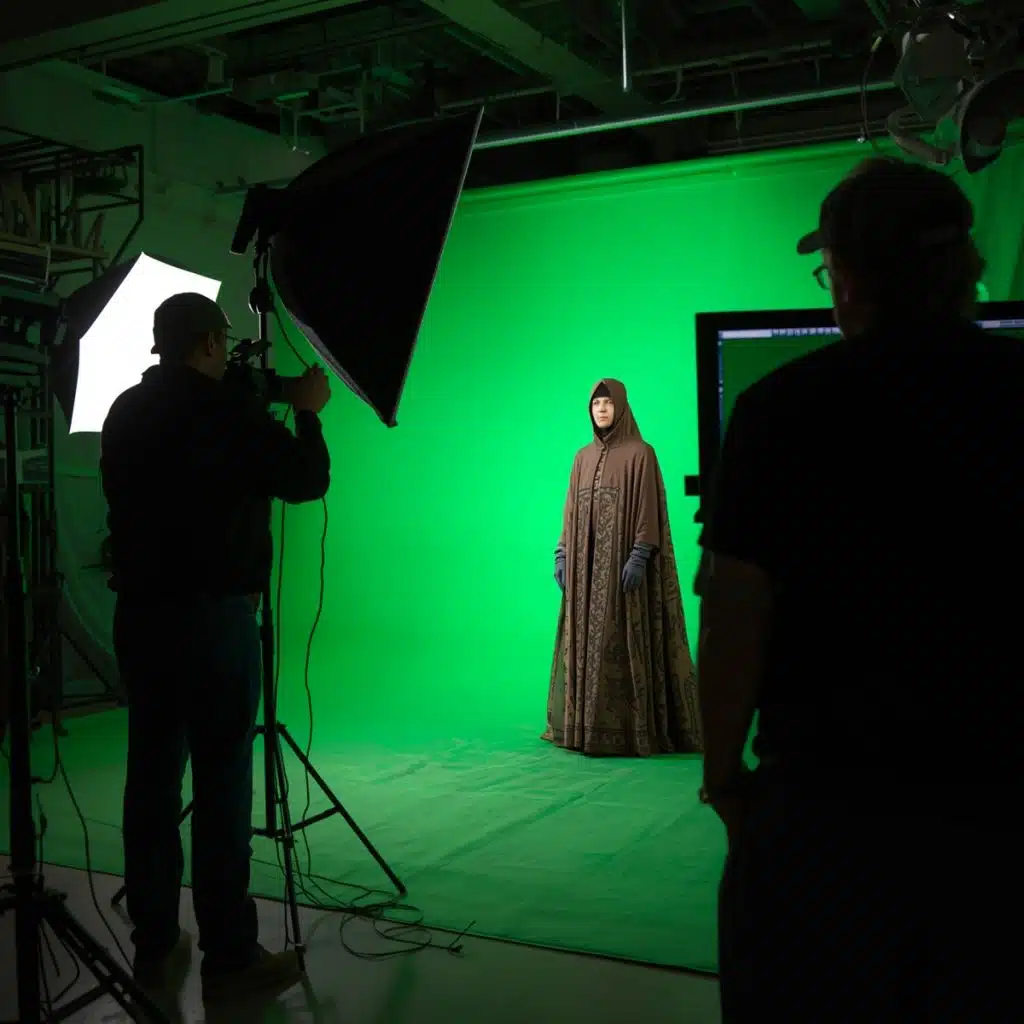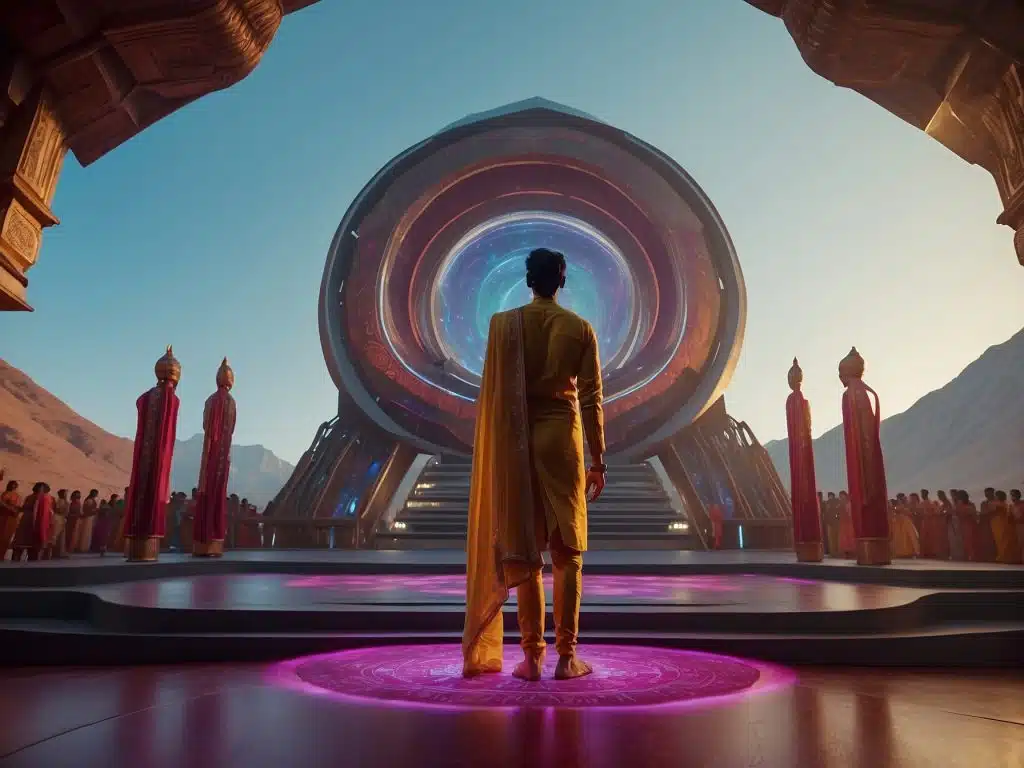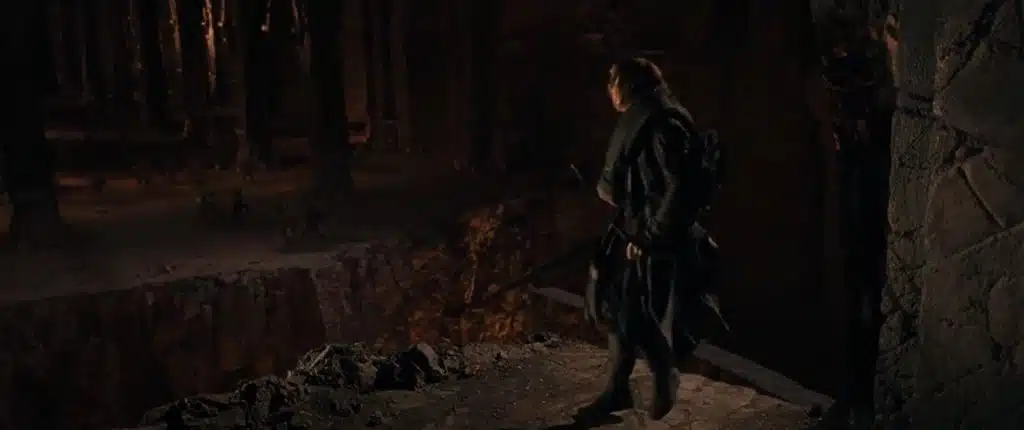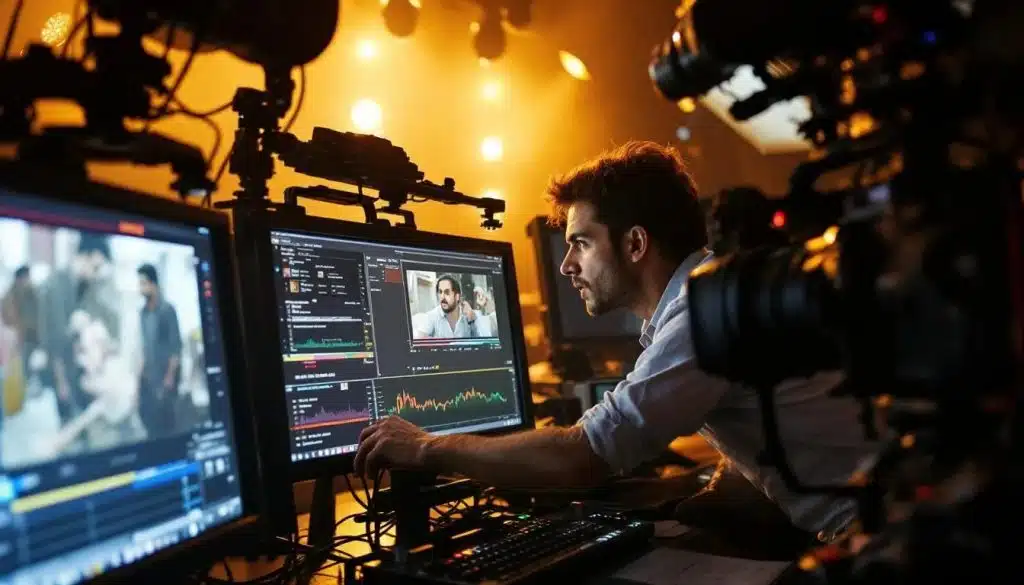Key Technologies Behind Virtual Production: An In-Depth Look
Choosing the Best Tool for Your Film - Virtual Production
The revolutionising concept virtual production in filmmaking is what everyone is eyeing on! The creative blend on both physical and digital worlds has impacted on the immersive and visually stunning content which is loved by all.
Ever if we do not agree that virtual production is the future, the adaptation of this emerging tech in creating commercials, music videos or some parts of films is so rapid that we won’t really do anything without it! Virtual production trainings for the eager students have not only enhanced their creative perspectives, in fact it has reduced cost and streamlined the production process with ease!
As the demand for VP grows, so does the need for specialized training and courses, particularly in regions like India, where the entertainment industry is rapidly evolving the need of the best virtual production academy in India is high!
CONNECT WITH US
Why should you take virtual production trainings from the best virtual production academy in India?
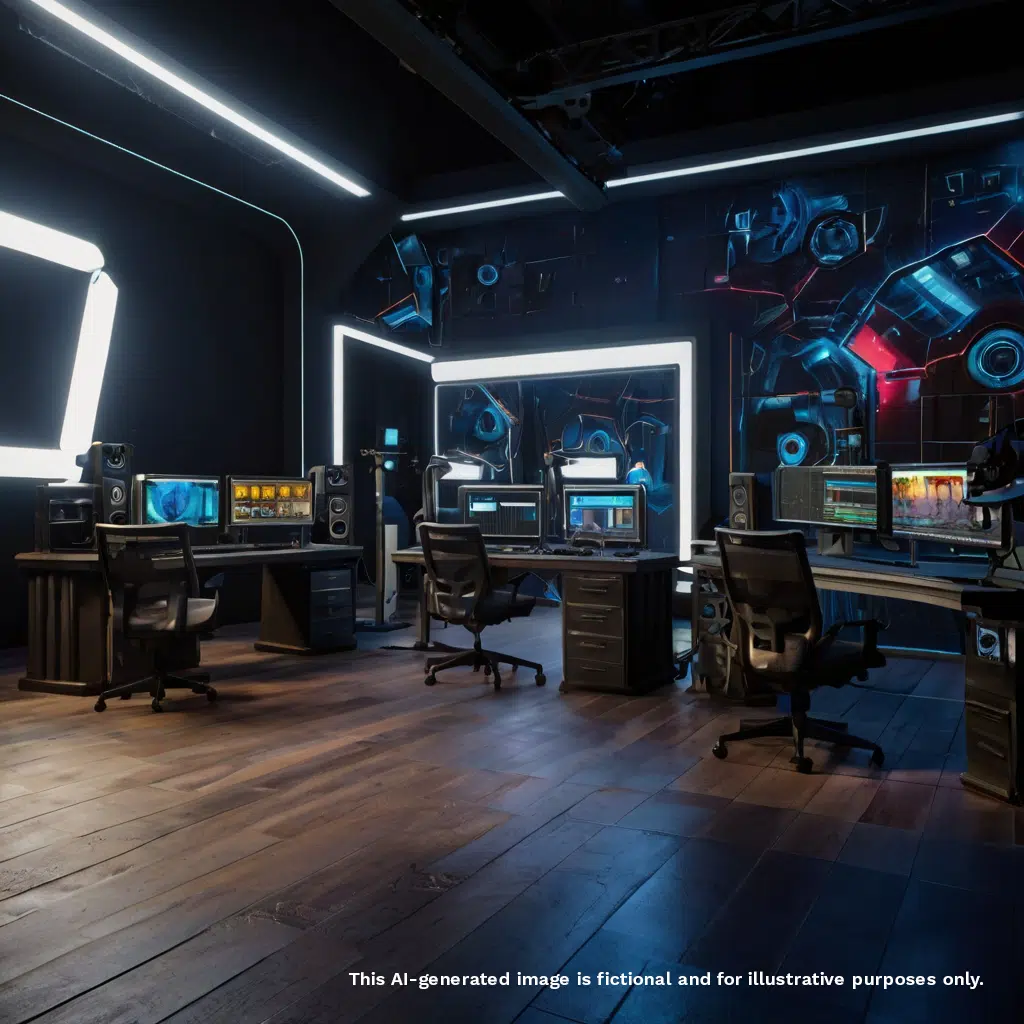
Taking virtual production training from the best academy in India ensures you receive a cutting-edge education from industry-experienced instructors, access to state-of-the-art facilities, and valuable networking opportunities.
You will not only get pouring knowledge but also, you’ll earn a recognized certification, gain hands-on experience with real-world projects. This is going to benefit you from a comprehensive career point of view, making you a highly competitive candidate in the rapidly evolving field of virtual production.
Key Technologies Behind Virtual Production:
1. Real-Time Rendering
Real-time rendering is the backbone of Virtual Production, enabling filmmakers to see and interact with complex digital environments and characters instantly. This technology uses powerful graphics processing units (GPUs) and game engine software, such as Unreal Engine and Unity, to render high-fidelity visuals in real-time. This immediacy allows for on-the-fly adjustments, fostering a more dynamic and collaborative creative process.
Real Time rendering makes life absolutely easy! It provides a realistic preview of scenes, helping to plan and execute complex shots with greater precision. By delivering high-quality visuals that can be fine-tuned in real-time, ensuring the final product meets the highest standards.
2. Motion Capture
Motion capture also called the mocap technology records the movement of actors and translates it into digital characters. This technology uses sensors with a Mocap suit worn by actors and advanced software to capture intricate details of performance, including facial expressions and body movements. It is essential for creating realistic and expressive digital characters that blend seamlessly with live-action footage.
3. LED Volume and Projection Mapping
LED volume and projection mapping are used to create immersive environments that
actors can interact with on set. LED volumes are large screens made up of LED panels
that display dynamic backgrounds, replacing traditional green screens. Projection mapping uses projectors to cast images onto physical surfaces, creating realistic and interactive sets. These technologies allow for real-time changes to environments, enhancing the realism and flexibility of the production.
4. Virtual Cameras
Virtual cameras allow filmmakers to shoot digital environments as if they were real, physical spaces. These cameras can be manipulated within a 3D space, providing directors with complete freedom to explore and capture scenes from any angle.
Virtual cameras are integrated with real-time rendering engines, enabling immediate visual feedback and adjustments.
5: Motion Tracking Solutions
Motion tracking solutions in virtual production are revolutionizing the film and gaming
industries by enabling the seamless integration of live-action footage with computer-
generated environments. These advanced systems capture the precise movements of
actors, objects, and cameras in real-time, allowing for immediate visualization and
interaction within a virtual space.
Technologies like optical tracking, inertial measurement units (IMUs), and marker-
based systems ensure high accuracy and flexibility, accommodating various
production needs. By synchronizing physical and virtual elements, motion tracking
enhances the creative process, reduces production time, and opens new possibilities
for storytelling and immersive experiences.
Did you know that virtual cameras provide unparalleled versatility in post-production, enabling filmmakers to change camera angles, movements, and even the focal length without reshooting scenes?
- The Virtual Production Academy Tweet
The Importance of Virtual Production Training and Courses
As Virtual Production becomes more prevalent, the demand for skilled professionals in this field is on the rise. Virtual Production training and courses from the best virtual production academy are essential for equipping aspiring filmmakers, animators, and technicians with the knowledge and skills needed to excel in this innovative & emerging
industry.
These educational programs cover a range of topics, including real-time rendering, motion capture, virtual cameras, and the use of game engines.
Get enrolled if you are interested to learn more!
The Future of Virtual Production
As Virtual Production continues to evolve, driven by advancements in technology and
creative collaboration, its impact on filmmaking and storytelling is set to expand. From
enhancing production efficiency and visual quality to enabling new narrative possibilities and interactive experiences, Virtual Production represents a paradigm shift in the entertainment industry.
Embracing these key technologies not only opens new avenues for filmmakers but also
paves the way for immersive and captivating storytelling that resonates with audiences
worldwide.
In conclusion, the convergence of real-time rendering, LED walls, motion capture, virtual cameras, and AR/VR technologies forms the foundation of Virtual Production’s transformative capabilities. By harnessing these technologies effectively, filmmakers
can redefine cinematic experiences and push the boundaries of visual storytelling in exciting and unprecedented ways.
RECENT POSTS

